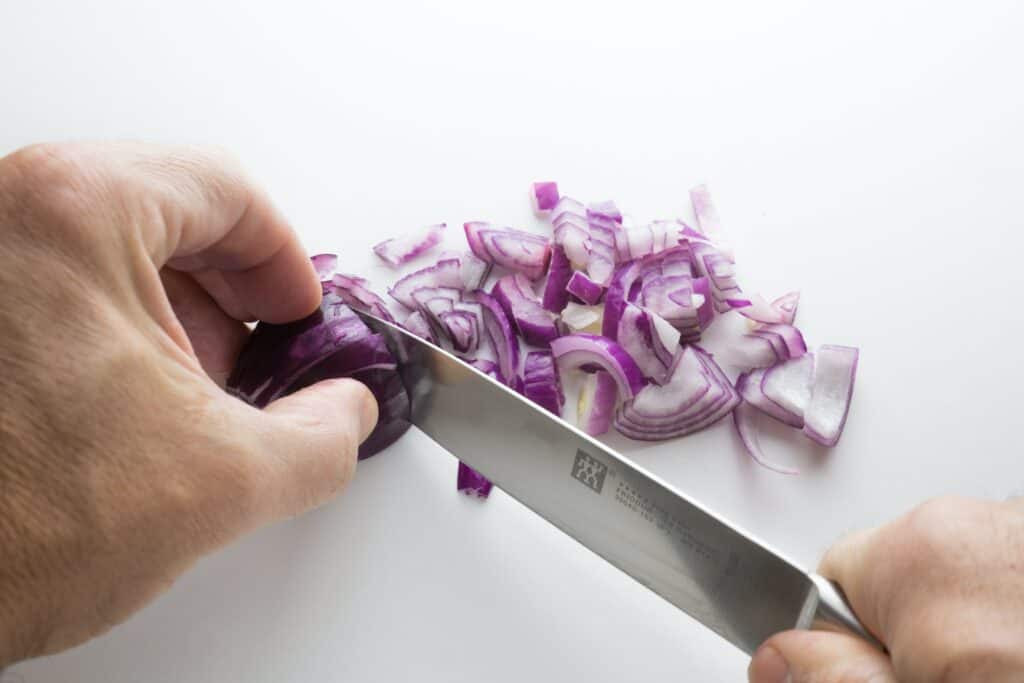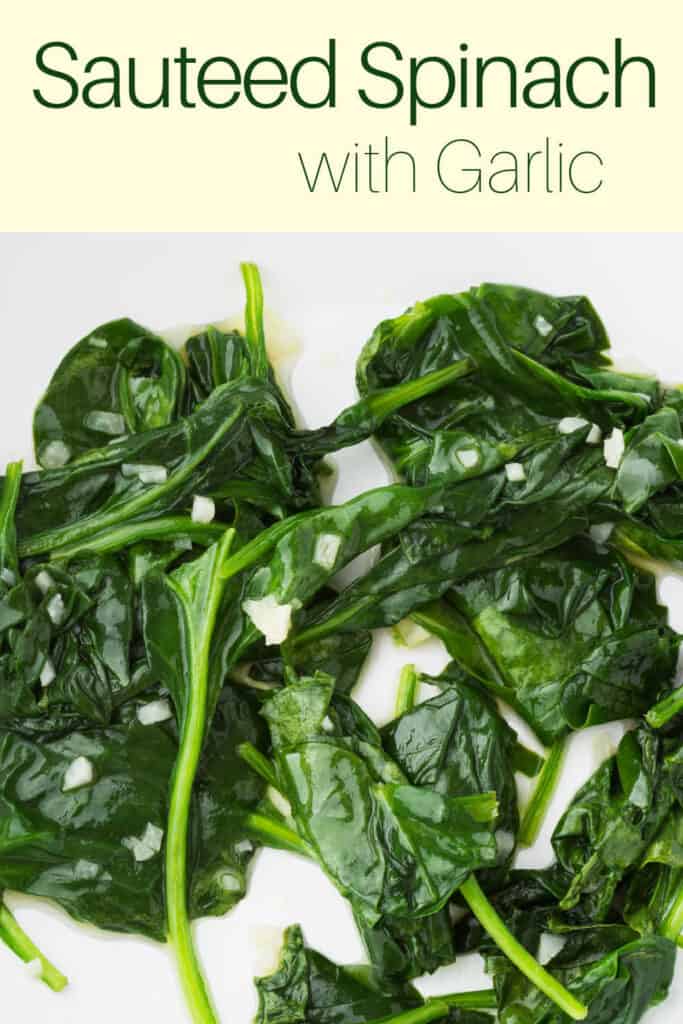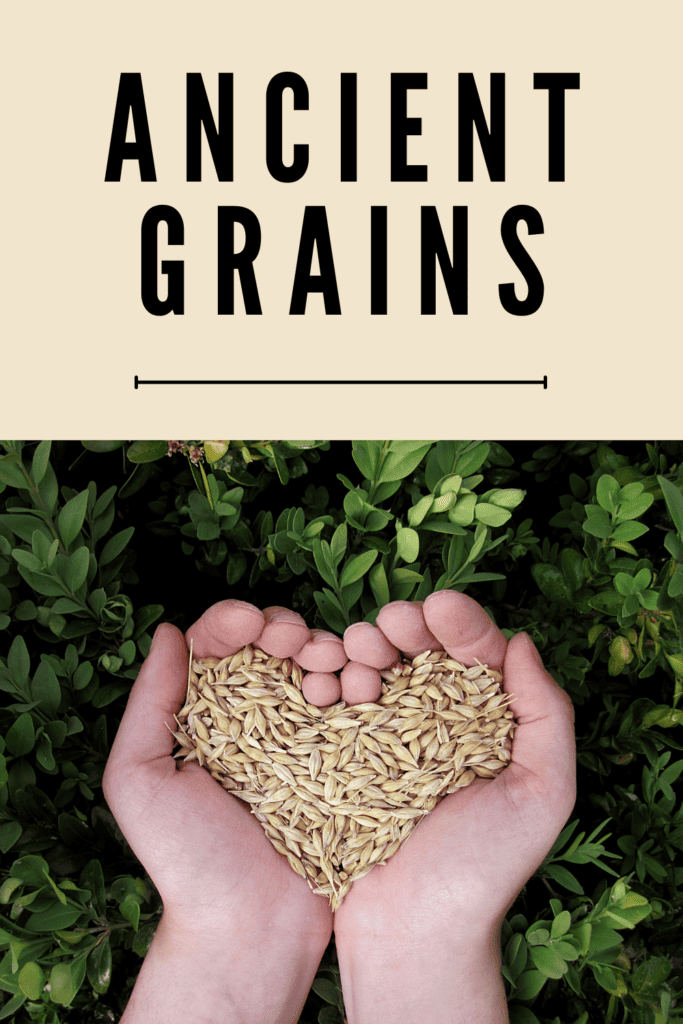Imagine yourself in your kitchen, ready to prepare a timeless classic: the Caesar salad. This dish, with origins dating back to an Italo-American restaurant in the 1920s, has become a staple on menus worldwide. But why stick to tradition when you can innovate? In this article, we will explore how you can revisit this iconic salad to create something uniquely your own.
What are the classic ingredients of a Caesar salad?
At the heart of the salad is crunchy romaine lettuce, cut into large pieces with a chef’s knife. Homemade croutons made from lightly toasted bread bring an essential crispy texture. Finely grated Parmesan adds a touch of richness, while anchovies – often hidden in the dressing – provide a subtle but distinct umami flavor.
Speaking of the dressing, the classic Caesar vinaigrette is a creamy blend of egg, olive oil, lemon juice, Worcestershire sauce, garlic, Dijon mustard, and sometimes Tabasco sauce for a hint of spice.
Each ingredient plays its part in creating the perfect balance of creamy, crunchy, salty, and tangy.
How to innovate with ingredients?
Now that you know the basics, how can you transform them? Let’s start with the green base of the salad. Instead of traditional romaine, why not try kale, spinach, or even a mix of young greens for a twist? These alternatives not only bring different flavor nuances but also a variety of textures and nutrients.
And what about rethinking croutons? For a modern and healthy twist, quinoa, sweet potato, or even roasted chickpea croutons can replace the classic bread. They offer a unique crunch and are rich in protein.
For protein, beyond the usual grilled chicken, consider sautéed shrimp, smoked salmon, or even marinated tofu for a vegetarian option.
And finally, the cheese. While Parmesan is a classic choice, other cheeses like pecorino, gruyere, or even a creamy blue cheese can add a new flavor dimension to your revamped Caesar salad.
Reinventing the Caesar Dressing
Tired of the traditional Caesar dressing? Let’s explore some equally delicious and original alternatives. How about a vegan version without eggs or anchovies, or a gluten-free variant for those who are sensitive?
Avocado can provide a rich and creamy texture, perfect for an innovative sauce. But how to balance the flavors so that your dressing stays true to the spirit of the Caesar while being unique? Consider adding fresh herbs, lemon juice for freshness, or even a hint of chili for a spicy touch.
The trick is to find the right balance between creativity and respecting the classic flavors of the Caesar.
Presentation and Garnishes: How to Enhance Your Salad?
The presentation of your revamped Caesar salad can make all the difference. Consider serving your creation in an elegant bowl or artistically arranging the ingredients on the plate.
And for garnishes, why limit yourself to croutons and Parmesan? Pomegranate seeds could add a pop of color and a slightly sweet flavor. Nuts could provide an interesting crunch, and fresh herbs like basil or cilantro will bring freshness and fragrance. It’s about creating a dish that delights both the eyes and the palate!
Moreover, the Caesar salad lends itself wonderfully to cultural interpretation. Have you ever considered an Asian version, with teriyaki chicken and a sesame sauce? Or perhaps a Mediterranean variant garnished with sun-dried tomatoes, olives, and feta?
Mexican cuisine could inspire a Caesar with grilled corn, black beans, and cumin seasoning. The key is to dare to incorporate regional ingredients that speak to you and reflect your heritage or culinary preferences.
Thus, each variant tells a story, your story, through the flavors and textures you choose.
How to Prepare and Plate the Revamped Caesar Salad?
When you’re about to prepare your revamped Caesar salad, keep a few key tips in mind. First, think about the texture of your greens. If you opt for alternatives to romaine, like kale or spinach, ensure they are finely chopped for better digestibility and a pleasant mouthfeel.
For proteins, whether it’s chicken, shrimp, or tofu, the key lies in their cooking. Perfect cooking will guarantee not only exquisite flavor but also an ideal texture that will blend well with the rest of the salad.
As for plating, let your creativity run wild. Arranging the ingredients artistically can transform your dish into a culinary work of art. Think about layering the greens, proteins, and garnishes in a way that creates an attractive visual effect.
Also, don’t forget the importance of the dressing. Whether traditional or inventive, make sure it’s well balanced and in sufficient quantity to gently coat the ingredients without overwhelming them.
Conclusion
In conclusion, the reinvention of the Caesar salad is more than just a recipe; it’s an invitation to experimentation in the kitchen. Each ingredient, each technique, and each presentation offers an opportunity to reveal your own culinary style. Don’t be afraid to venture off the beaten path and mix unexpected flavors and textures!





